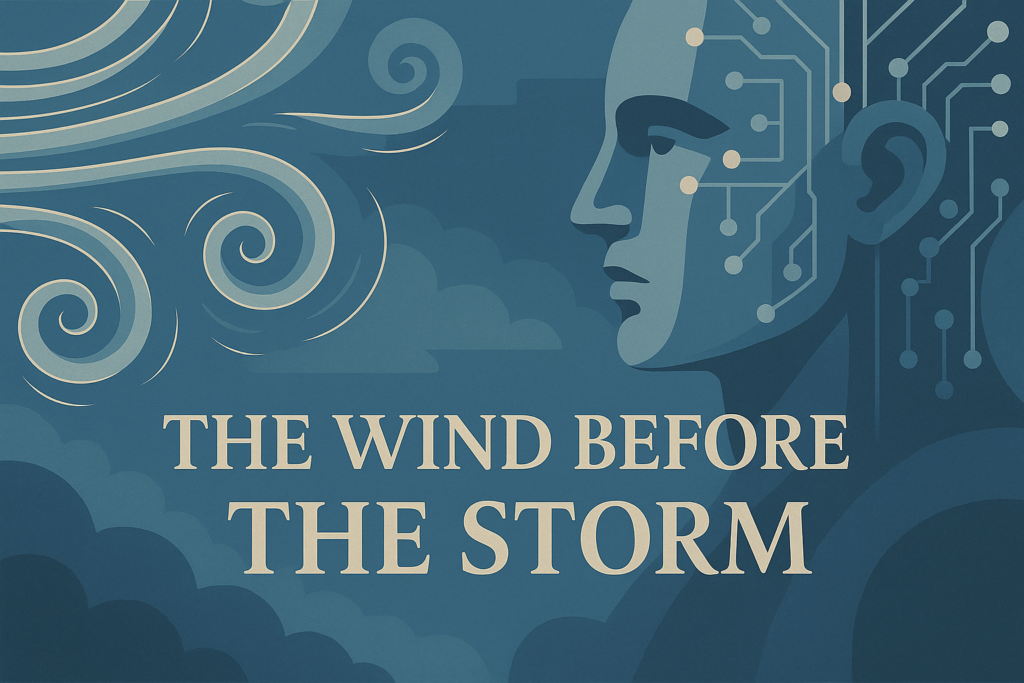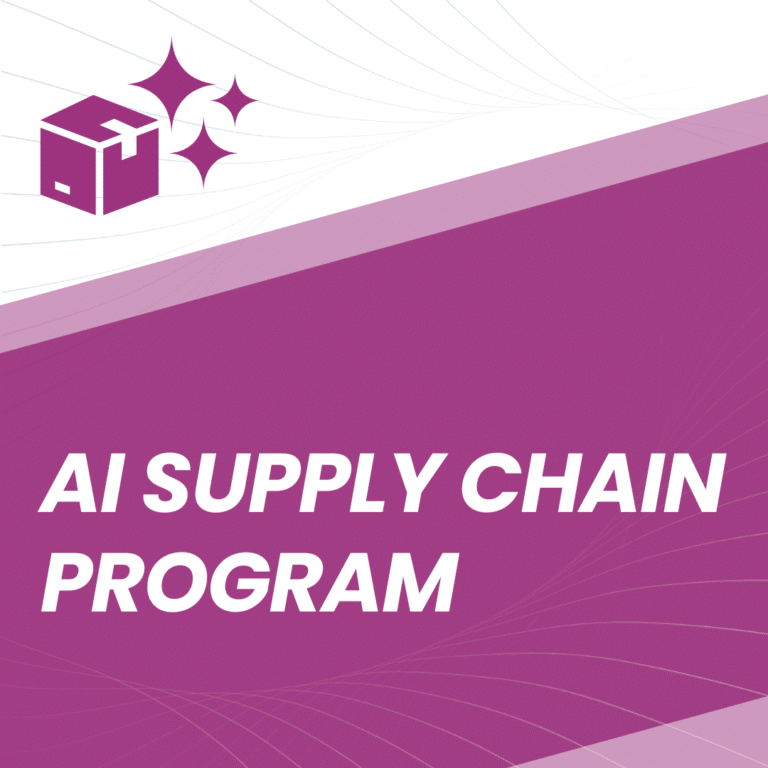
I didn’t know what to type, so I typed “wind.”
It was 2021, before artificial intelligence was a thing. My civic tech app was booming, bringing in thousands of users every month. People loved the access it gave them to real legislative content. But they also told me: legal texts were too long. Too complex. Too unreadable.
They weren’t reading the bills, they were judging them by the title. Not because they were lazy, but because the system itself had never been designed for them. I needed to find a way to summarize them: quickly, objectively, and without injecting my own bias. I wasn’t looking for editing. I was looking for cognition.
So I searched for something that didn’t really exist yet: an tool that could summarize legislation with nuance, without losing its soul. This is when I discovered NLP Cloud, a small French company that gave API access to early transformer models. It was pre-ChatGPT. You had to code, understand tokens, split long inputs into pieces. It was raw, technical, and extraordinary.
I prompted “wind” into what was then one of NLP Cloud’s most advanced models: likely a finetuned version of GPT-J or GPT-NeoX. And this is what came back:
“Wind is the sky’s breath, spilling secrets over rooftops and forgotten fields. It remembers what the mountains say when no one is listening. It carries the scent of things undone.”
I skipped a heartbeat.
It didn’t follow logic. But it wasn’t gibberish either. It was language: stylized, poetic, uncannily coherent. Machine-made, yet unmistakably human in tone. It unsettled me in the most exhilarating way. I could sense the world had changed. And it was only the beginning.
The very next day, I pitched my app at the newspaper Le Parisien. But walking through the newsroom, I could barely focus. All I could think was: they don’t know yet how this changes everything.
Artificial Intelligence : From Industrial to Cognitive
We’ve been here before. Steam. Electricity. Computing. Each technological shift created exponential leaps in population, productivity, comfort. But the core task of each was always the same: replacing labor.
First, it was physical labor. Machines mimicked muscles. Then came the service economy, replacing coordination with automation: flights, hotels, groceries, booked by you, for you, on digital rails.
But cognition? That was safe. Judgment. Language. Thought. No machine could do that, until now.
The AI we see today isn’t just another tool. It’s a category shift. A cognitive revolution. And just like the steam engine or the microprocessor, it won’t stop at helping. It will restructure.
It restructures what we measure. How we learn. Who we trust. How we make decisions. The very architecture of knowledge and work is being redrawn. This isn’t a better search bar. This is a new interface for human-machine collaboration: one built not on clicks, but on conversation.
Conversations, to Interfaces to… Conversations
Back in the ’90s, if you needed an answer, you had two options: go to the library or ask someone. The internet changed that. Suddenly, knowledge was self-serve. Websites. Search engines. Forums. The great disintermediation of the service economy had begun.
We learned to do things ourselves: book tickets, order food, find advice. Companies digitized interfaces. We adapted. We clicked.
But now, something strange is happening. The web is shifting again: not toward more interfaces, but fewer. Not more clicks, but more conversations. We’re returning to dialogue.
It’s the travel agent all over again: only smarter, faster, multilingual, and digital. You ask. It understands. It contextualizes. It recommends. And suddenly, the entire architecture of the past 20 years: SEO, websites, menus, digital portals: begins to look obsolete.
We’re not moving backward. We’re spiraling forward, back into conversation, but this time with machines that can listen and respond.
I’ve Seen This Movie Before
I’ve watched entire industries chase buzzwords. I’ve seen executives pitch blockchain as the answer to everything. I’ve sat in rooms where machine learning was the solution before the problem was even defined.
The truth?
Those technologies had promise: but only in narrow domains. Blockchain made sense when immutability was essential. Machine learning outperformed traditional models when data was vast, variable, and labeled. But both required conditions most companies never met.
What’s different now is that conversation is the interface. It doesn’t require immaculate data. It builds on top of existing tools. It speaks our language. And that makes it universal.
Don’t Miss This…
It’s easy to dismiss what’s happening. The hallucinations. The bugs. The hype. But revolutions always begin with imperfections. The first steam engines leaked. The first websites crashed. The first microchips overheated.
If you’re a leader: in business, policy, supply chain, education: the call is not to automate everything. It’s to understand what’s happening deeply enough to make real decisions. To avoid panic and avoid passivity.
We are transitioning from search to synthesis, from interface to agent, from logic to language. You are not too late. But you cannot afford to be indifferent.
This is not just a new tool. It’s a new paradigm.
In short : key takeaways about the Artificial Intelligence cognitive revolution
Is Artificial Intelligence a cognitive revolution?
Because unlike previous shifts that replaced physical or service labor, AI can now handle cognition: language, judgment, and decision-making. It reshapes how we work, learn, and collaborate.
How is today’s Artificial Intelligence different from past tech buzzwords in Supply Chain?
Blockchain and ML had impact but only in narrow domains with specific conditions. Conversational AI is different: it speaks our language, works with existing tools, and is universally accessible.
What should business leaders do today about AI?
Leaders should not rush to automate everything. Instead, they should deeply understand AI’s potential and limitations, prepare their teams, and make strategic choices with clarity.


